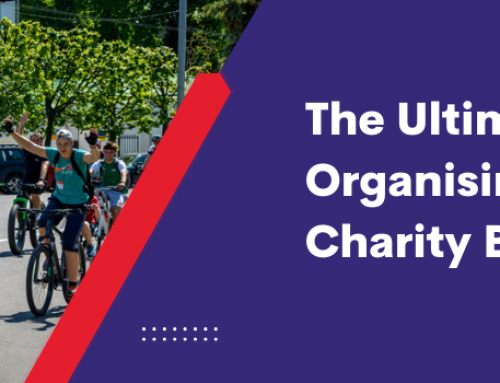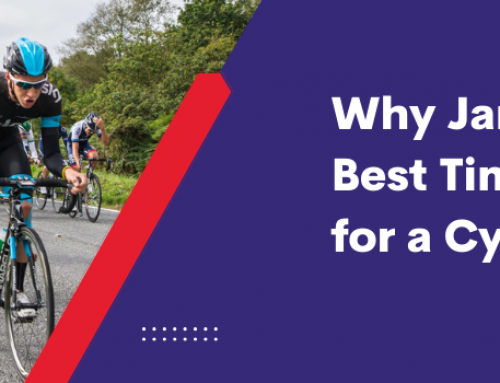The working environment can either be incredibly productive or it can be incredibly toxic. The line between the two is often very fine and can shift without notice. Fostering a productive work environment often starts with ensuring that you put together cohesive teams with complementary personalities. But it also takes some nurturing.
While some people are very effective at building working relationships with their colleagues, others need a little extra help. They might not naturally gravitate towards other people and might find it difficult to bond with their colleagues without a bit of a nudge. To help put everyone on a level playing field, it’s common for employers to plan icebreakers and team building activities to help foster better working environments.
What is team building?
Team building is an organised activity that aims to break down the usual barriers in the workplace and encourage individuals to get to know their colleagues in a different light. They might be competing against one another, they might be learning more about their colleagues, or they might be simply learning a new (non work related) skill together.

Why is this important?
While not essential, team building can be fun and engaging for all employees. It’s true that it means taking time out of working hours to do non-work related tasks, but this can have widespread benefits.
Team building can help to:
- Build trust between colleagues – when colleagues see each other as whole people and not just people they work with, it becomes easier to believe in one another and trust their judgement and integrity.
- Improve conflict resolution – conflicts in the workplace are inevitable, but when you have a strong sense of camaraderie in your teams, these are more likely to be resolved.
- Improve communication – when you know your colleagues better, you’re more likely to be able to read between the lines and understand their intentions when they communicate.
- Make collaboration more streamlined and effective – closer teams are more likely to want to work together as they enjoy spending time with their colleagues.
- Increase team morale – when individuals feel like part of a team, they will feel more accepted and this can help to improve team cohesion.
- Improved staff retention – happy workers stay put in roles for much longer. This can help to keep recruitment costs down by improving staff retention.
These are just some of the benefits you can experience when you foster better relationships in your teams. For larger companies, you could also instil a light sense of competition which can help boost morale and bring a sense of playfulness into the workplace.

Team building ideas for employees
If you’re convinced of the benefits of team building activities for your team, read on to learn some of the best ways to foster collaboration, trust and better communication within your teams.
- Plan a scavenger hunt. Everyone will have to think on their feet and outside of the box to succeed in a scavenger hunt. Split everyone into teams, give them a list of items to collect or photograph and make sure there’s a prize for the winner.
- Try an escape room. If you want a hands-off approach that requires very little preparation, try an escape room. The team will have to put their heads together to solve riddles and puzzles that will allow them to get out of the room.
- Challenge them to build something. A building challenge will allow them to flex their creativity and think outside the box. A popular challenge is to create the tallest structure using paper straws. You could also challenge them to create a vessel that will allow an egg to be dropped from a height without breaking.
- Try a cooking challenge. A pot luck lunch is a fun and collaborative way to socialise while ensuring everyone gets a belly full of delicious food. Everyone brings one dish and then everyone gets to enjoy a social buffet.
- Try a physical challenge. A long distance cycling challenge, a fun run or a muddy 5K could be an ideal way to get everyone active and encourage them to get to know each other outside of work. The challenge is not to be the fastest or the strongest but to make sure you all cross the finish line together.






